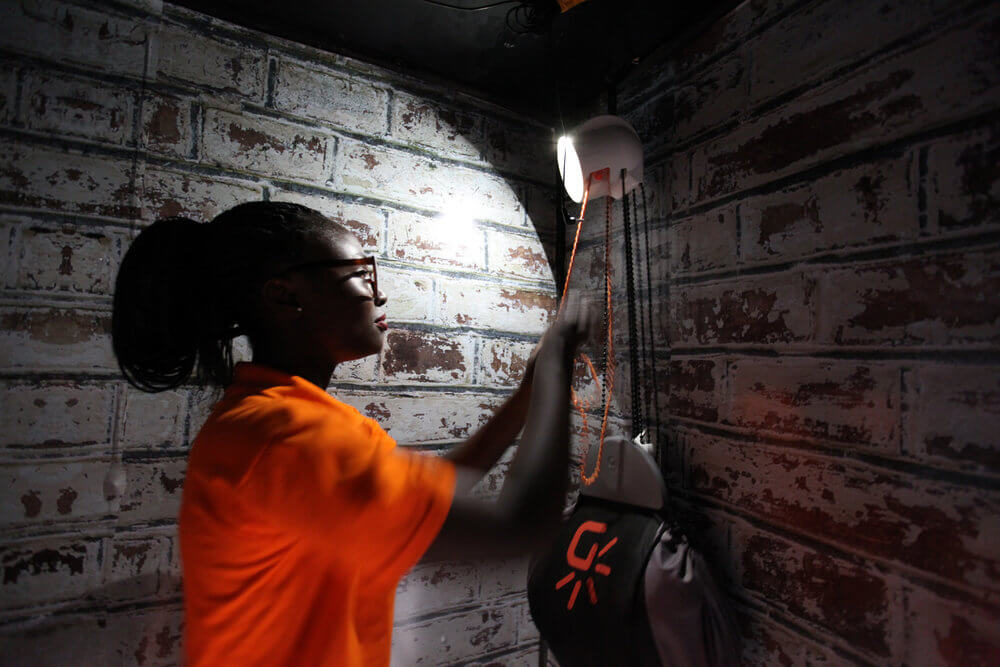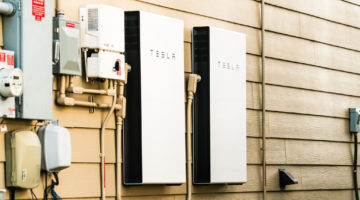
In today’s changing energy landscape and increasing use of renewable energy, it’s becoming more and more important for us to find ways of storing energy for later use.
The problem with renewable energy like wind and solar, is that at times of high wind/sun we can be producing more energy than we can use. Conversely, the times with little sun and wind can be the times when we’re using the most energy. The solution is that we need to store the extra energy from the low-demand/high-supply times, to be released at the high-demand/low-supply times.
Storing energy is a difficult and often expensive thing to do. There are lots of clever ideas on how to do it, but we have yet to perfect a system. Is it possible that gravity batteries are the way forward?
Large Scale Gravity Batteries
As we’ve mentioned, large scale industrial gravity batteries are a smart innovation that could potentially be used to create a far more environmentally friendly grid system. The more we invest in essential energy generation technologies like wind and solar, the more reliable battery storage we need.
Gravity batteries work by harnessing the electricity we have spare at certain points in production. The energy is diverted away from the grid and stored as potential energy, ready for release when needed.
The system works by using an incredibly heavyweight and a long, tall structure. Some gravity batteries are housed in large, very tall buildings, while others use boreholes drilled deep into the earth to provide the height needed for the battery.
At times when energy production outstrips demand, the surplus energy is diverted operate heavy machinery that winches the weight up to the top of the structure. When supply drops below demand and we need to harness the energy, the weight is dropped to generate electricity again using a generator and often utilising regenerative braking. The efficiency of a system like this can be as high as 90%.
Pumped hydro storage works on the same principle, except it uses reservoirs at different heights and moves the water between them to store and release energy as needed. The gravity battery has an advantage on this though as it can be used on much shorter notice. Moving a body of water is a more complex operation than dropping a weight. It also doesn’t have the same environmental impact as pumped hydro storage.
Small Scale Gravity Batteries
The potential for gravity batteries to change the national grid is impressive, but gravity batteries can also work for us on a small scale.
This is GravityLight, and it is an innovative product designed for use in places with restricted access to electricity, be that your garden shed or a remote village. It works on a simple principle; fill the bag attached to the light with rocks, sand, or whatever heavy objects you have, and then winch it up to the top of the light. As the bag gradually drops to the ground it powers a generator (much the same as in the large scale gravity batteries) which converts the motion to electricity and powers the light. The light can produce 20 minutes of light this way, simply by winching up a weighted bag.
It’s a cleaner, cheaper, and more reliable alternative to kerosene or chemical batteries, and can installed anywhere.
The GravityLight is just one example of using gravity battery technology to generate, store, and ultimately use electricity. As we move away from reliance on traditional energy sources, will we be seeing a lot more innovations like this?
Think we missed something? Do you have a different opinion?
Comment below to get your voice heard…













Just reading about gravity batteries.
Why can’t we utilise the power of the ocean in tidal areas. It,s free !!!.
At high tide secure a floating structure then as the tide goes down the structure can be lowered producing electrical energy. Recharging every 12 hours. A bit like a Jack-Up rig.